Home>Gardening & Outdoor>Outdoor Entertaining>How Do You Keep A Ground Fire Pit From Filling With Water
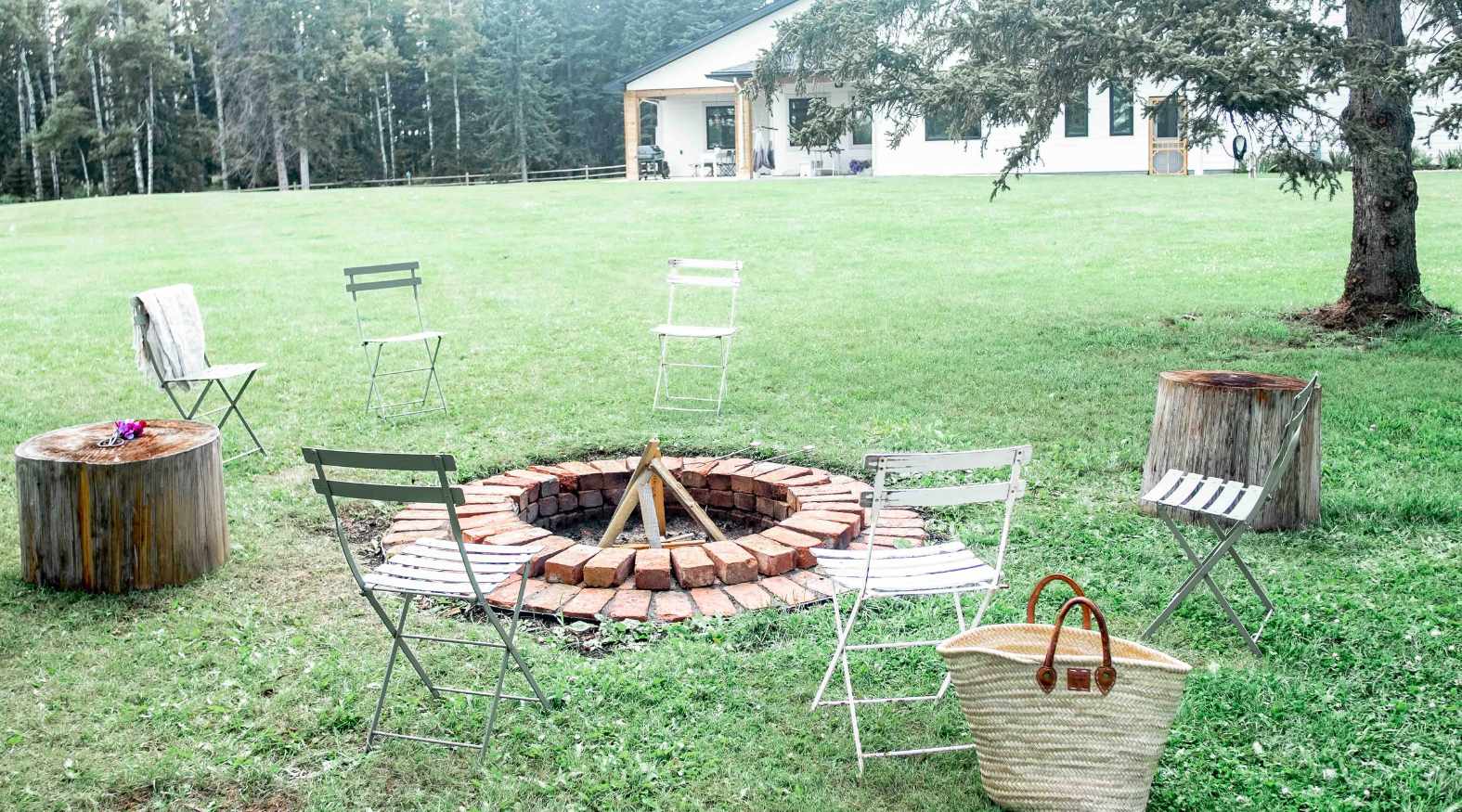

Outdoor Entertaining
How Do You Keep A Ground Fire Pit From Filling With Water
Modified: April 23, 2024
Learn how to prevent water from filling your ground fire pit and keep your outdoor entertaining area dry and enjoyable. Follow these tips for a water-free fire pit.
(Many of the links in this article redirect to a specific reviewed product. Your purchase of these products through affiliate links helps to generate commission for Storables.com, at no extra cost. Learn more)
Introduction
Welcome to the wonderful world of outdoor entertaining! There's nothing quite like gathering around a crackling fire pit with friends and family, enjoying the warmth and ambiance it provides. However, if you've ever experienced the frustration of finding your ground fire pit filled with water after a rainstorm, you're not alone. This common issue can put a damper on your outdoor gatherings and even cause damage to your fire pit if left unaddressed.
But fear not! In this comprehensive guide, we'll explore practical and effective strategies to keep your ground fire pit from filling with water. Whether you're a seasoned outdoor enthusiast or just dipping your toes into the world of backyard fire pits, you'll find valuable insights and actionable tips to ensure that your fire pit remains dry and ready for enjoyment, no matter the weather.
So, grab a seat by the fire (or your preferred reading spot), and let's dive into the solutions for safeguarding your ground fire pit against unwanted water accumulation. Whether you're looking to build a new fire pit or seeking ways to improve an existing one, you're in the right place. Let's embark on this journey to conquer the water conundrum and elevate your outdoor entertaining experience to new heights!
Key Takeaways:
- Choose a high spot with good drainage and use permeable materials to prevent water from collecting in your ground fire pit. Consider incorporating a built-in drainage system for added protection.
- Protect your fire pit with a waterproof cover to keep it dry and free from debris. Ensure the cover fits snugly and is made of durable, weather-resistant materials for year-round defense.
Read more: How To Keep A Fire Pit From Rusting
Understanding the Problem
Before delving into the solutions, it's essential to understand why ground fire pits often fill with water. The primary culprit is inadequate drainage, which can lead to water pooling in and around the fire pit, especially after rainfall. Without proper drainage, the water has nowhere to go, resulting in a soggy and uninviting fire pit area.
Furthermore, the design and location of the fire pit can contribute to water accumulation. If the fire pit is situated in a low-lying area or a spot prone to runoff, it becomes susceptible to collecting water. Additionally, the materials used for the fire pit and its surroundings can impact water retention. For instance, compacted soil, clay, or impermeable surfaces can hinder water from seeping into the ground, exacerbating the issue.
Water accumulation not only hampers the functionality of the fire pit but can also pose safety concerns. Excess water can extinguish the fire, create a muddy and slippery environment, and potentially damage the fire pit itself. Moreover, stagnant water can attract pests like mosquitoes, detracting from the overall outdoor experience.
By gaining a clear understanding of the factors contributing to water buildup in ground fire pits, we can effectively address the issue and implement preventive measures. With the right approach, it's possible to mitigate water-related challenges and maintain a dry, inviting fire pit area for your outdoor gatherings.
Choosing the Right Location for Your Fire Pit
When it comes to preventing water accumulation in your ground fire pit, selecting an optimal location is a crucial first step. The ideal placement can significantly reduce the risk of water pooling and ensure a more enjoyable and functional outdoor space.
Here are some key considerations for choosing the right location:
- Elevation and Slope: Opt for a location with good natural drainage, preferably on higher ground or an area with a gentle slope. This allows rainwater to flow away from the fire pit, minimizing the risk of water collecting in the vicinity.
- Distance from Water Sources: Avoid placing the fire pit near areas prone to water accumulation, such as low-lying spots, irrigation systems, or areas with poor runoff. Keeping a safe distance from these sources can help prevent excess water from reaching the fire pit.
- Permeable Ground: Choose a location with permeable soil or consider incorporating permeable pavers or gravel in the fire pit area. These materials facilitate water infiltration into the ground, reducing surface runoff and aiding in natural drainage.
- Wind Patterns: Take into account prevailing wind patterns when positioning the fire pit. Placing it in a wind-protected area can prevent water from being blown into the fire pit during storms, minimizing the risk of water accumulation.
Additionally, if you're constructing a new fire pit, consider incorporating a built-in drainage system. This can involve creating a slight slope away from the fire pit, installing underground drainage pipes, or using gravel-filled trenches to direct water away from the pit.
By thoughtfully selecting the location and implementing strategic design elements, you can proactively mitigate water-related issues and set the stage for a dry and resilient ground fire pit.
To keep a ground fire pit from filling with water, consider installing a drainage system at the bottom of the pit to allow water to escape. Additionally, covering the pit with a waterproof tarp when not in use can help prevent water accumulation.
Building Proper Drainage
Effective drainage is a fundamental component of safeguarding your ground fire pit from water buildup. By implementing proper drainage solutions, you can prevent water from accumulating in the fire pit area and ensure that it remains dry and functional, even after heavy rainfall.
Here are some practical drainage strategies to consider:
- French Drain System: Installing a French drain around the perimeter of the fire pit can help redirect excess water away from the area. A French drain typically consists of a perforated pipe surrounded by gravel, allowing water to seep in and be channeled away from the fire pit.
- Trenches and Swales: Creating shallow trenches or swales in strategic locations can facilitate water movement and prevent pooling. These features can be designed to direct water towards a designated drainage area, keeping the fire pit surroundings dry.
- Gravel or Permeable Base: Utilizing a base of gravel or other permeable materials in the fire pit area promotes water infiltration and reduces surface runoff. This approach helps prevent water from collecting on the ground and provides a natural drainage solution.
- Elevated Fire Pit Platform: Constructing the fire pit on an elevated platform or mound can minimize the risk of water accumulation. This design choice can help keep the fire pit area dry by elevating it above potential water flow paths.
It’s important to assess the specific drainage needs of your fire pit area and tailor the solutions to suit the site’s unique characteristics. By incorporating effective drainage features into the design and construction of your fire pit, you can proactively address water-related challenges and maintain a dry and resilient outdoor space.
Furthermore, regular maintenance of the drainage features is essential to ensure their continued effectiveness. Clearing debris, inspecting for clogs, and making any necessary adjustments will help uphold the functionality of the drainage system and preserve the integrity of your ground fire pit.
Using a Fire Pit Cover
Employing a fire pit cover is a practical and versatile solution for protecting your ground fire pit from water accumulation and other environmental elements. A well-designed cover serves as a barrier against rain, snow, debris, and moisture, effectively safeguarding the fire pit and preserving its functionality.
Here are the key benefits and considerations for using a fire pit cover:
- Waterproof Protection: A high-quality fire pit cover is designed to be waterproof, preventing rainwater from seeping into the fire pit and causing water buildup. This protection is particularly valuable during periods of inclement weather, ensuring that the fire pit remains dry and ready for use at all times.
- Preservation of Fire Pit Components: By shielding the fire pit from water and moisture, a cover helps extend the lifespan of the fire pit components, such as the burner, ignition system, and decorative elements. This can contribute to the long-term durability and performance of the fire pit.
- Debris Management: In addition to repelling water, a cover effectively keeps leaves, twigs, and other debris out of the fire pit. This minimizes the need for frequent cleaning and maintenance, ensuring that the fire pit is consistently clean and free from obstructions.
- Year-Round Protection: Whether you use your fire pit seasonally or year-round, a cover offers continuous protection, guarding against not only water but also UV rays, dust, and animal intrusions. This comprehensive defense helps preserve the fire pit’s appearance and functionality over time.
When selecting a fire pit cover, ensure that it is appropriately sized and designed to fit your specific fire pit model. Look for durable, weather-resistant materials that can withstand outdoor conditions and provide reliable protection throughout the seasons.
Additionally, it’s important to properly secure the cover to prevent it from being displaced by wind or other environmental factors. Many covers feature fastening mechanisms or elastic hems to ensure a snug and secure fit, effectively sealing off the fire pit from the elements.
By incorporating a fire pit cover into your outdoor fire pit maintenance routine, you can proactively shield the fire pit from water accumulation and environmental hazards, ensuring that it remains dry, clean, and ready for your next gathering.
Read more: What Do You Do With Ashes From A Fire Pit
Conclusion
As outdoor enthusiasts, we cherish the warmth and allure of a well-maintained ground fire pit. By addressing the challenge of water accumulation, we can elevate our outdoor entertaining experiences and ensure that our fire pits remain inviting and functional, regardless of the weather.
From understanding the factors contributing to water buildup to implementing strategic solutions, we’ve explored a range of effective methods to keep ground fire pits dry and resilient. By choosing the right location, building proper drainage, and utilizing a fire pit cover, we can mitigate the impact of water and preserve the integrity of our outdoor fire pit spaces.
It’s important to approach fire pit maintenance holistically, considering not only the aesthetics and functionality but also the practical aspects of water management. By incorporating these strategies into our fire pit care routine, we can create a welcoming and safe environment for gathering around the fire with friends and family.
Remember, each fire pit is unique, and the solutions can be tailored to suit the specific characteristics of the site and the fire pit itself. Regular maintenance and proactive measures are key to ensuring that your ground fire pit remains a focal point of outdoor enjoyment for years to come.
So, as you embark on your fire pit journey, armed with the knowledge and strategies shared in this guide, may your outdoor gatherings be filled with warmth, laughter, and the comforting glow of a well-tended fire pit. Here’s to many memorable moments and cozy evenings around the fire, free from the woes of water-filled pits. Happy entertaining!
Frequently Asked Questions about How Do You Keep A Ground Fire Pit From Filling With Water
Was this page helpful?
At Storables.com, we guarantee accurate and reliable information. Our content, validated by Expert Board Contributors, is crafted following stringent Editorial Policies. We're committed to providing you with well-researched, expert-backed insights for all your informational needs.
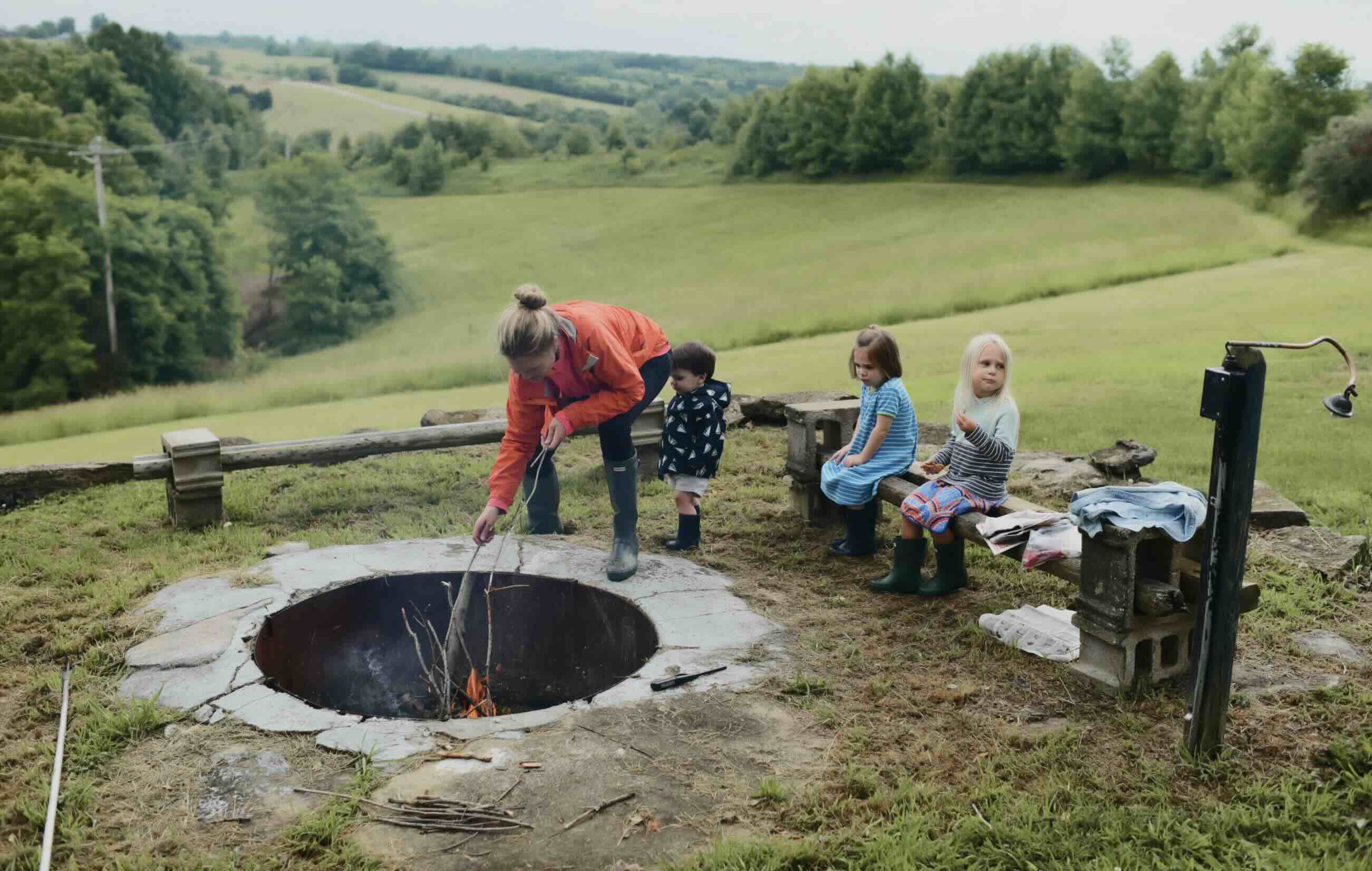
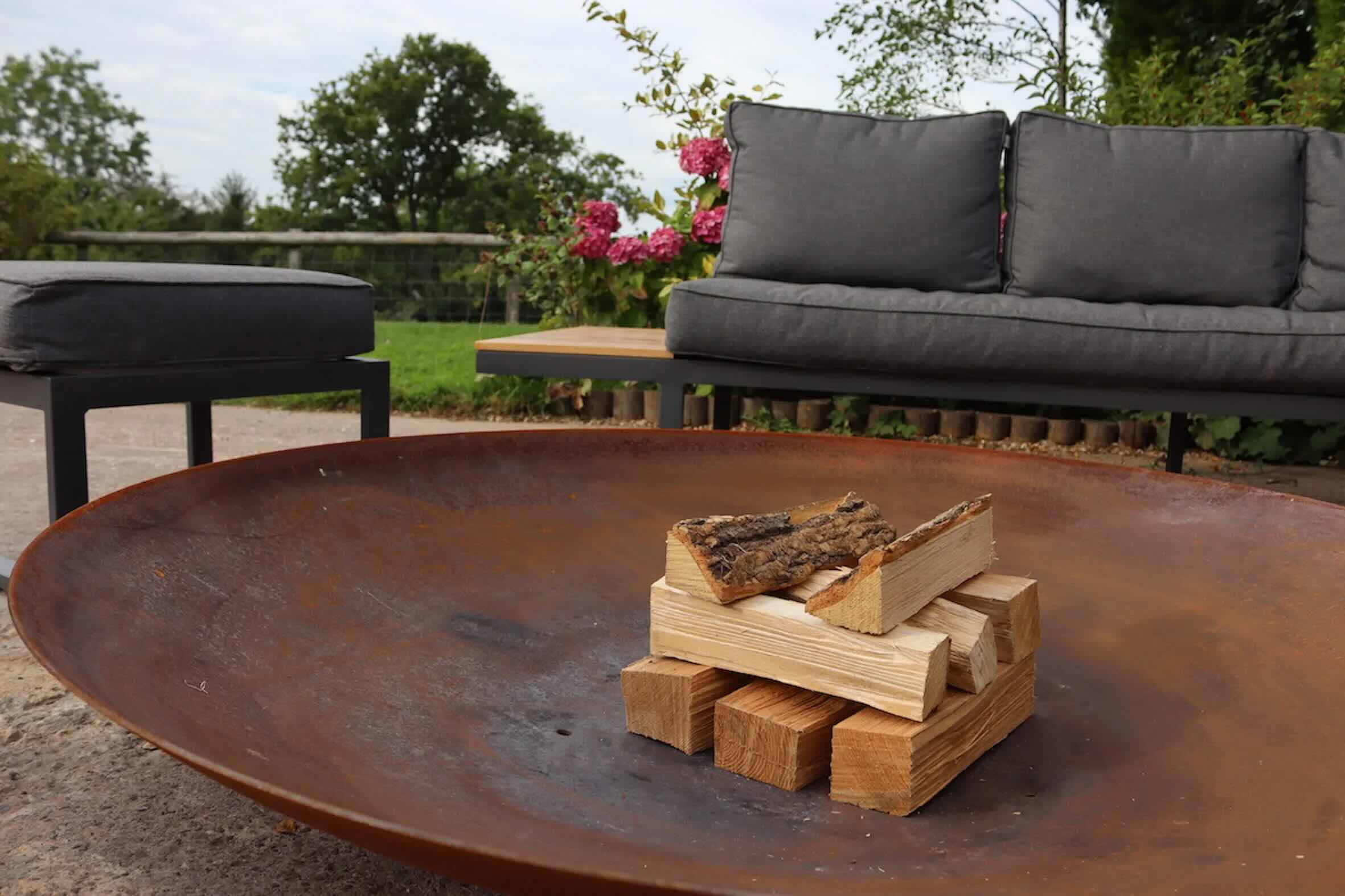
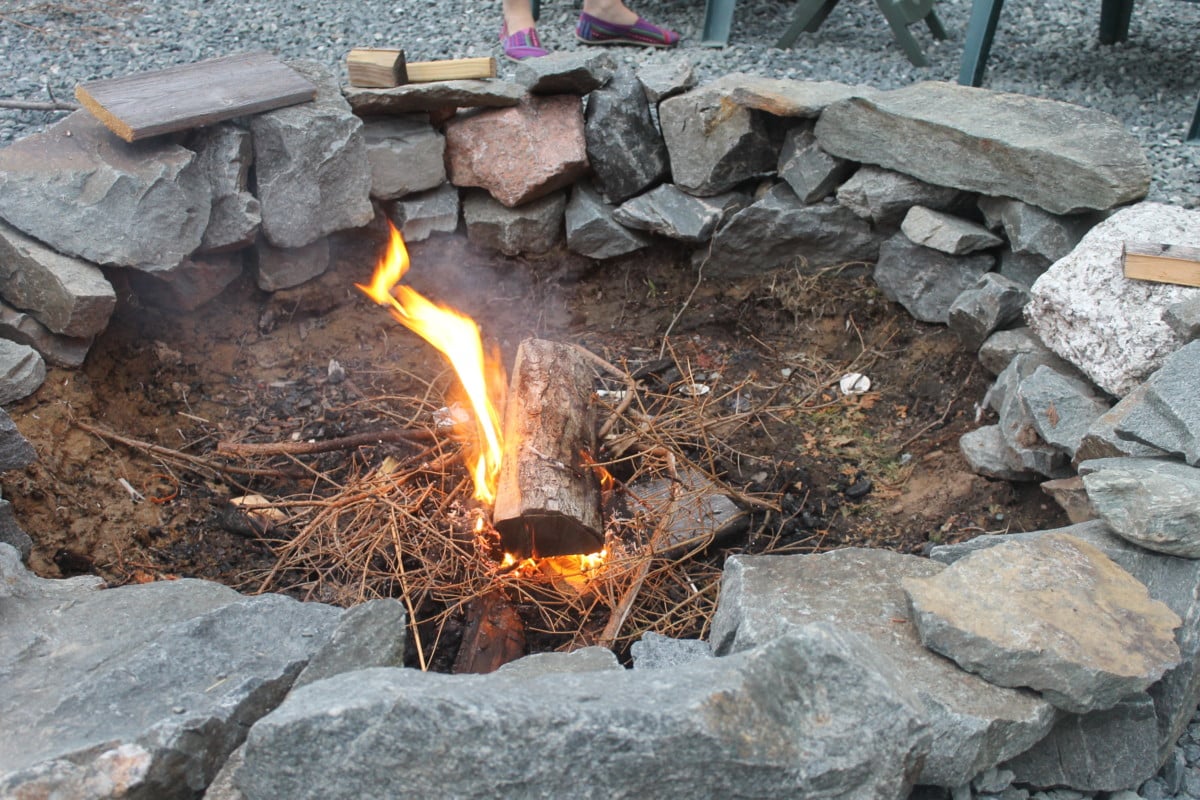
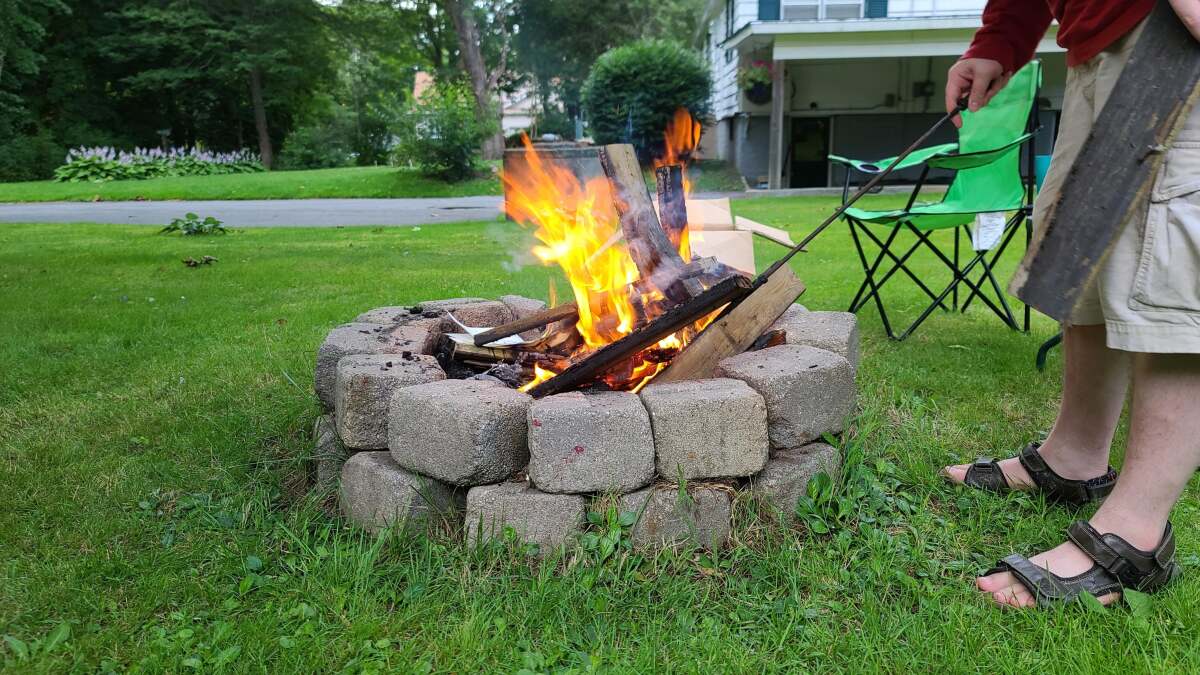
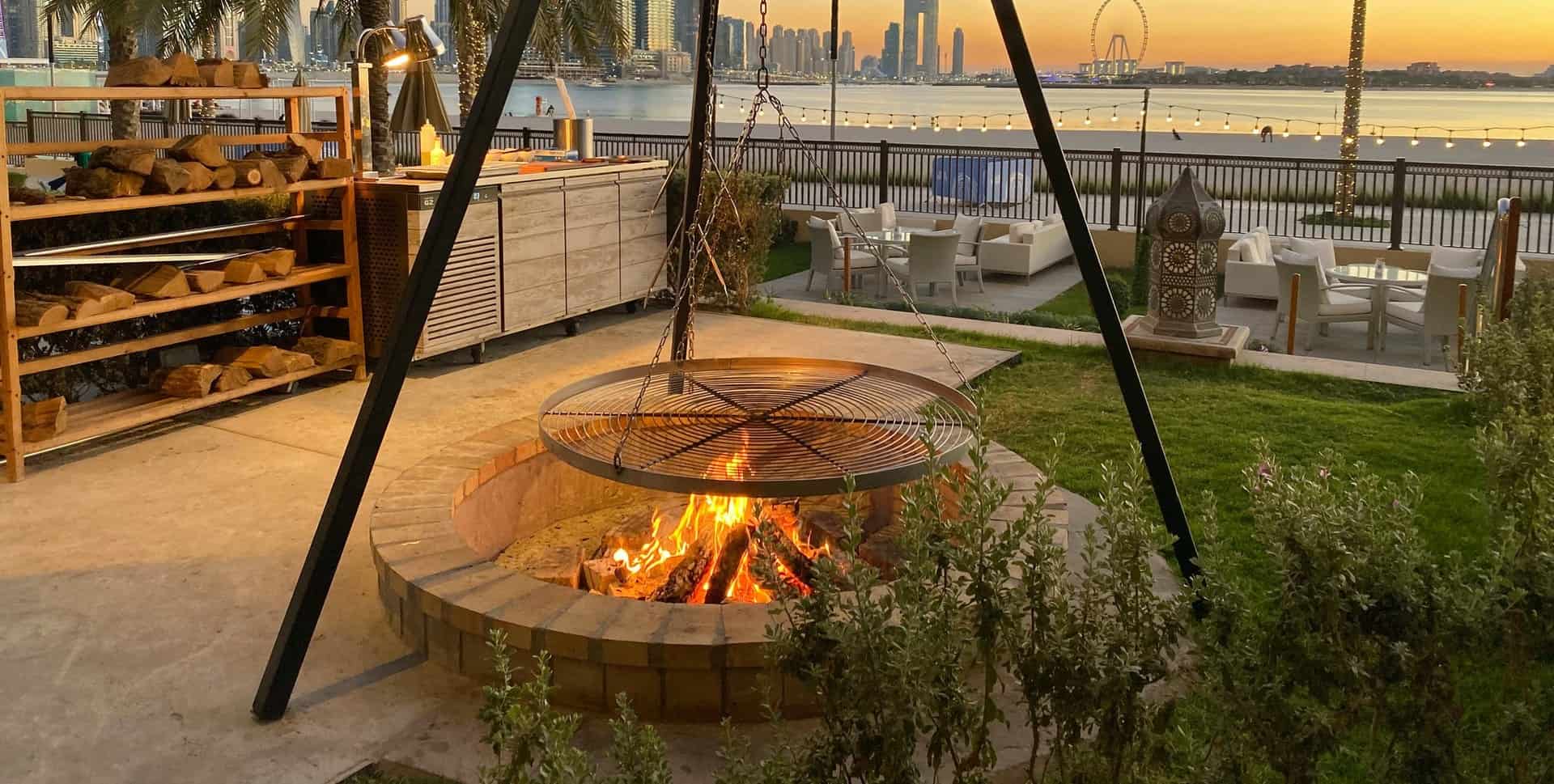
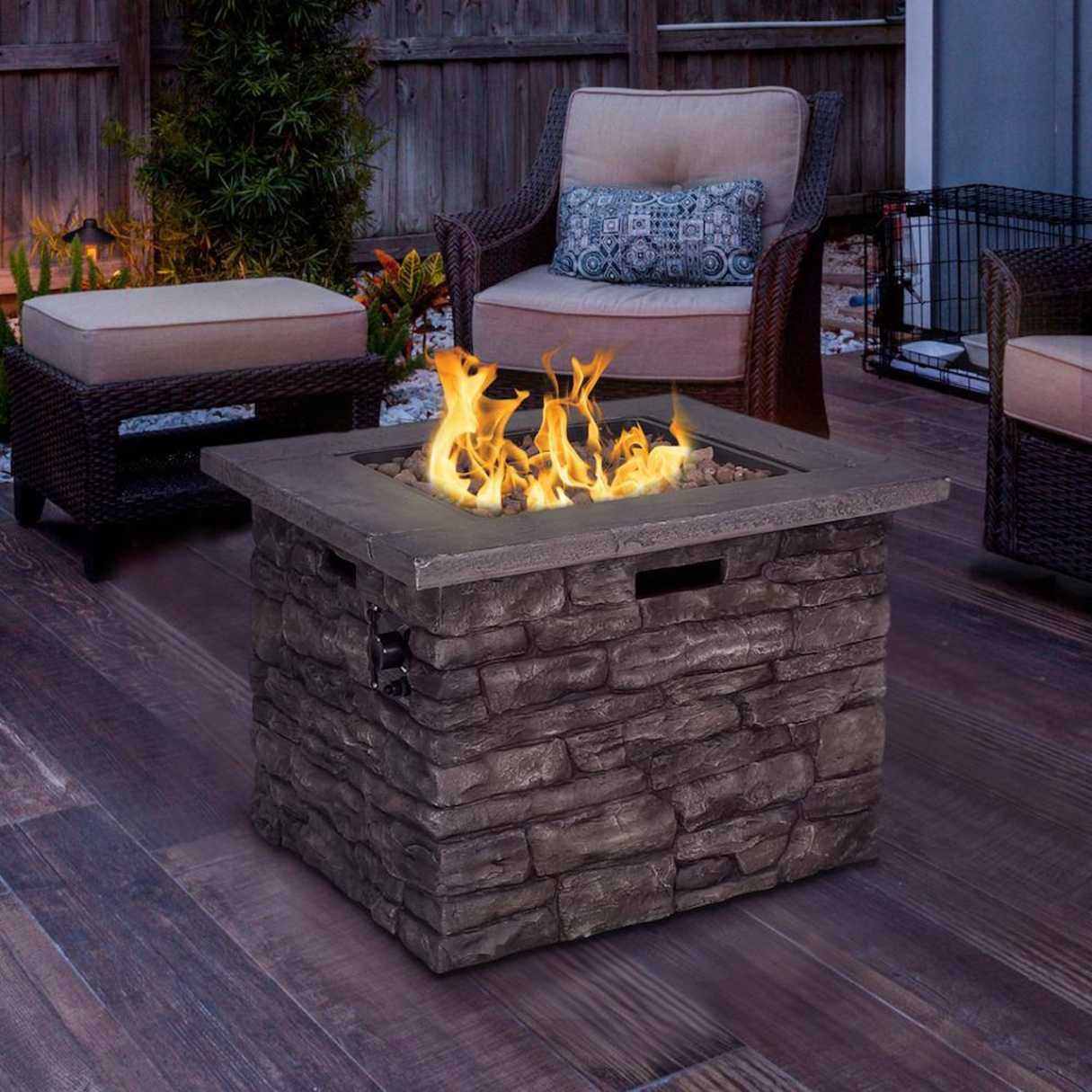
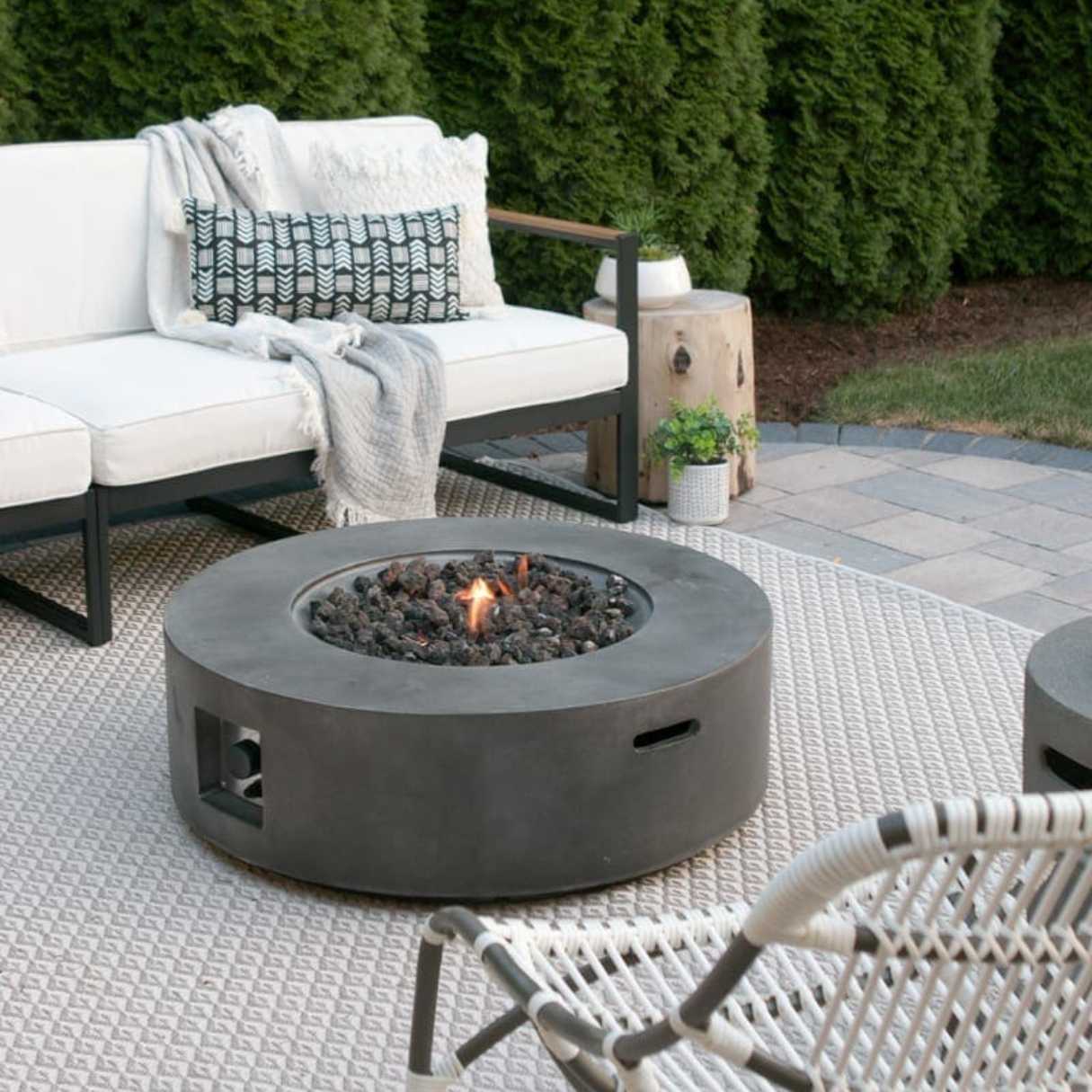
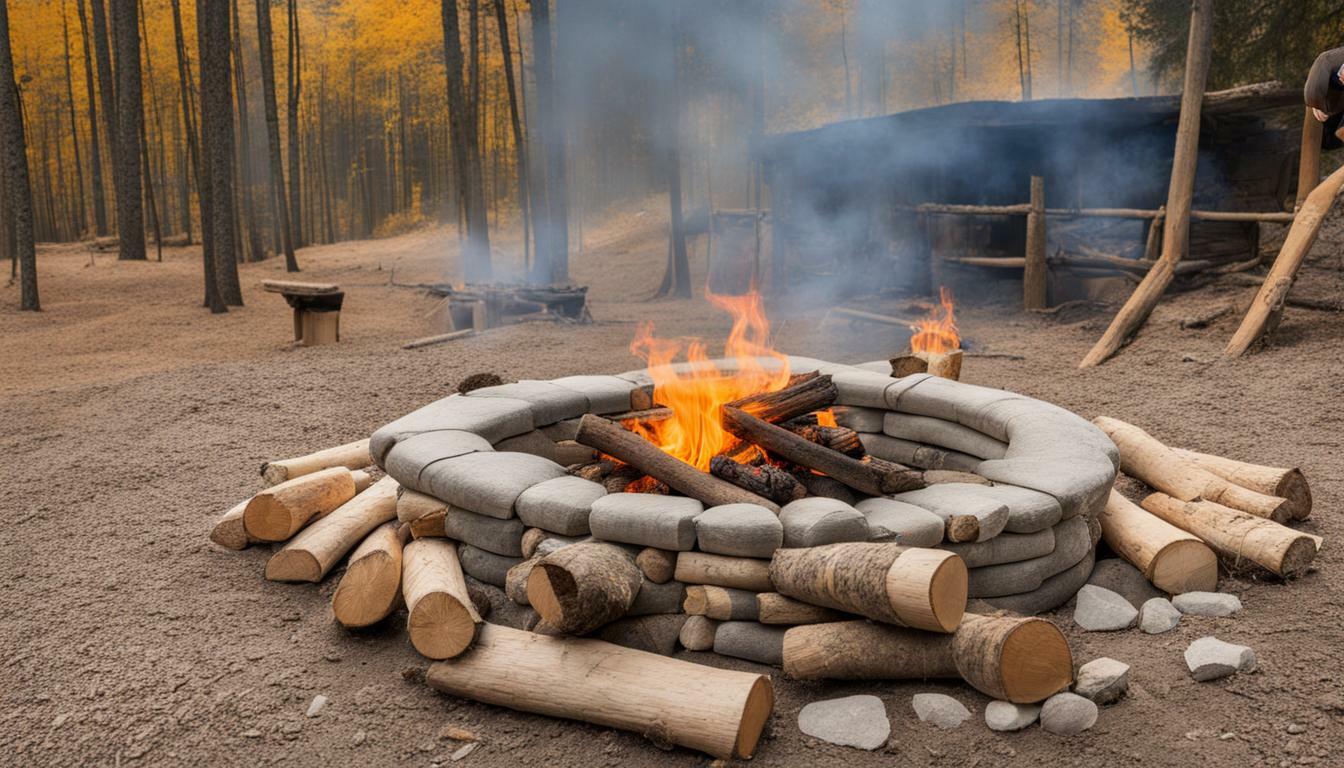
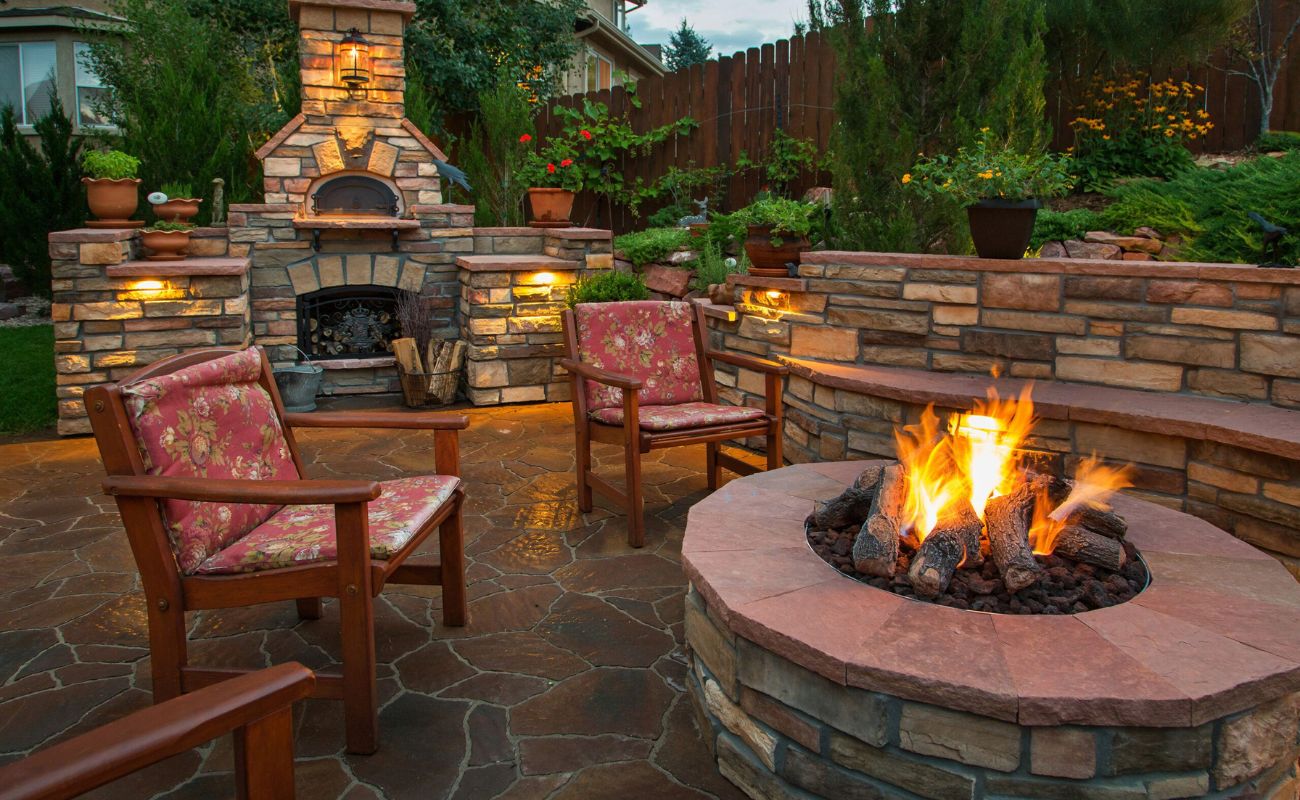
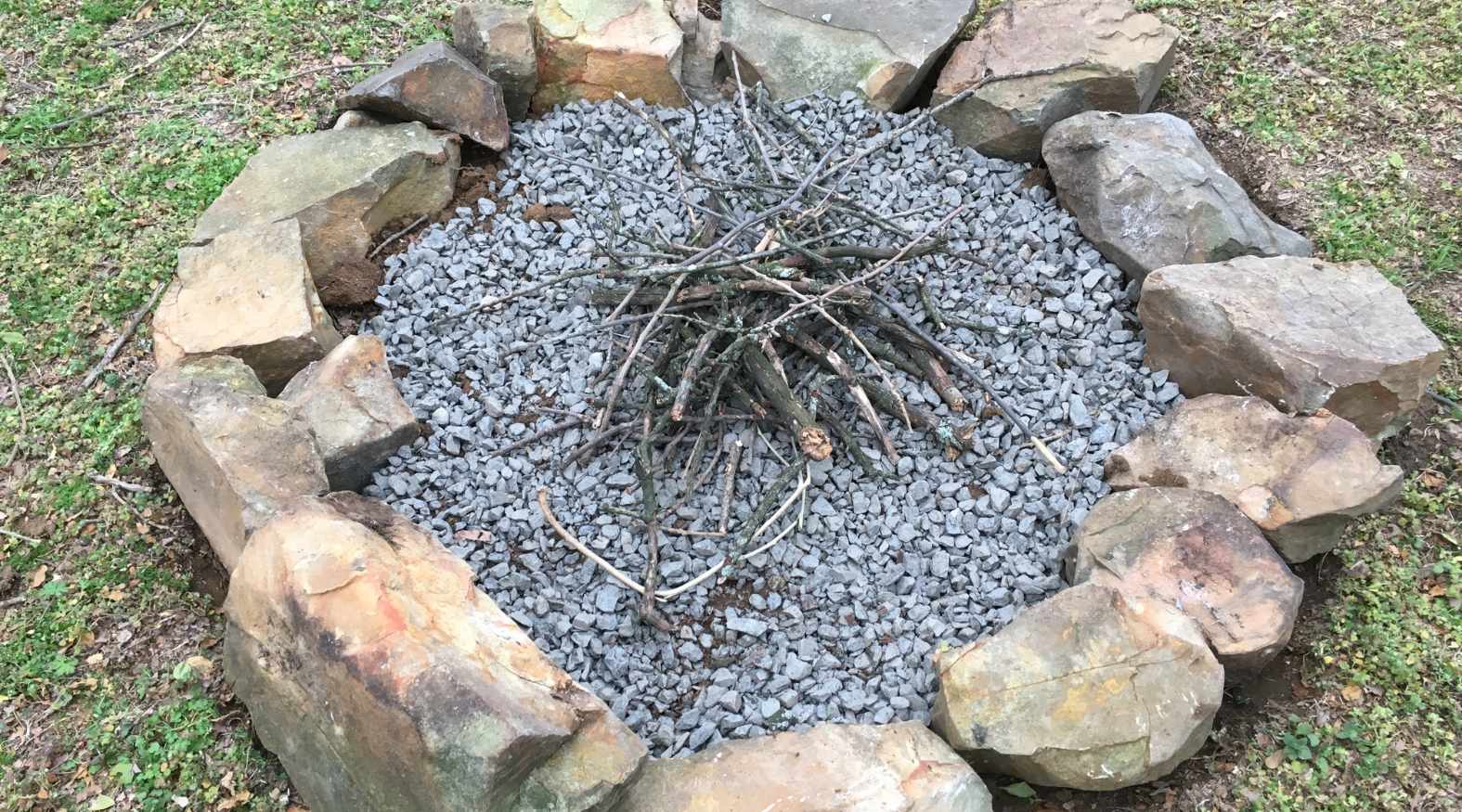
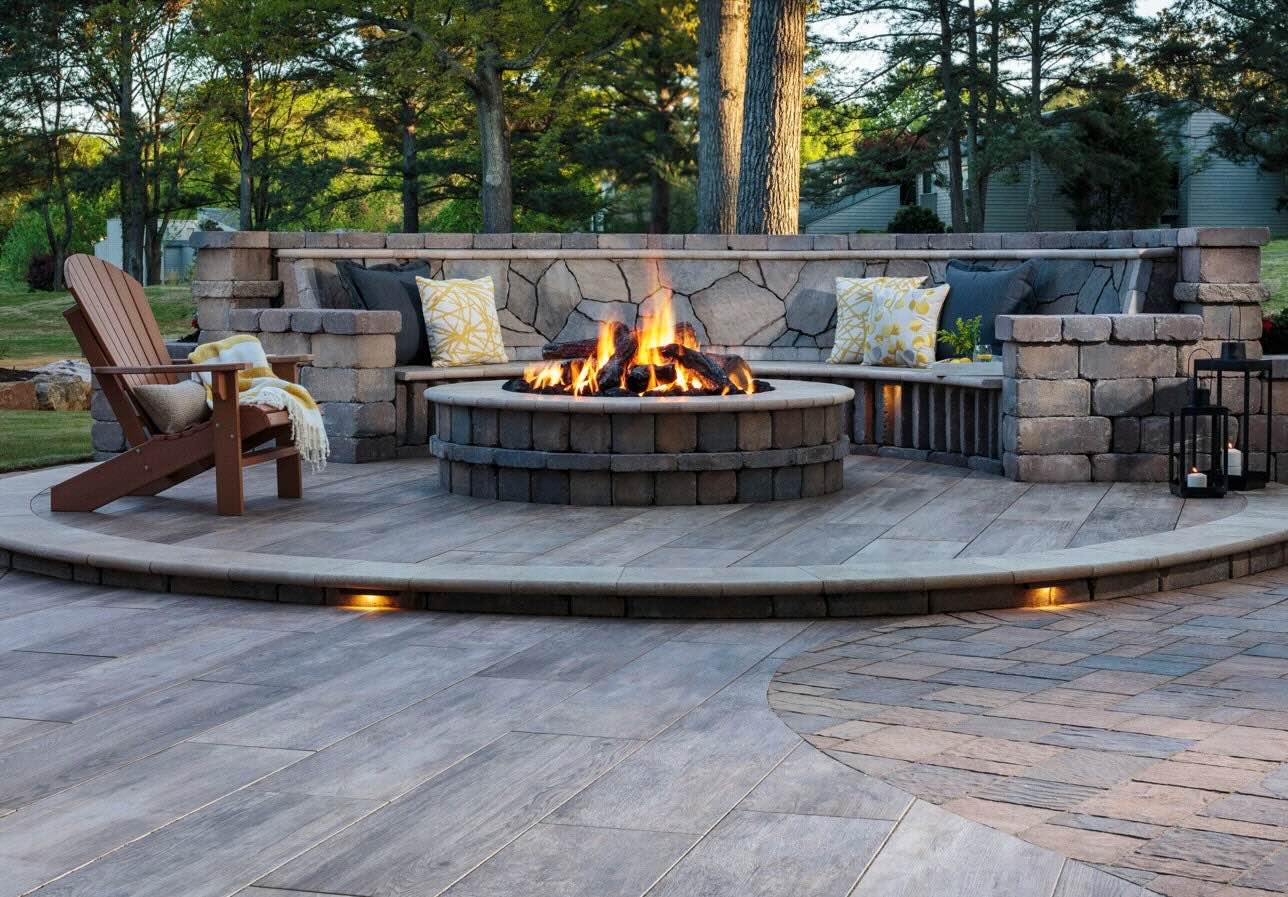
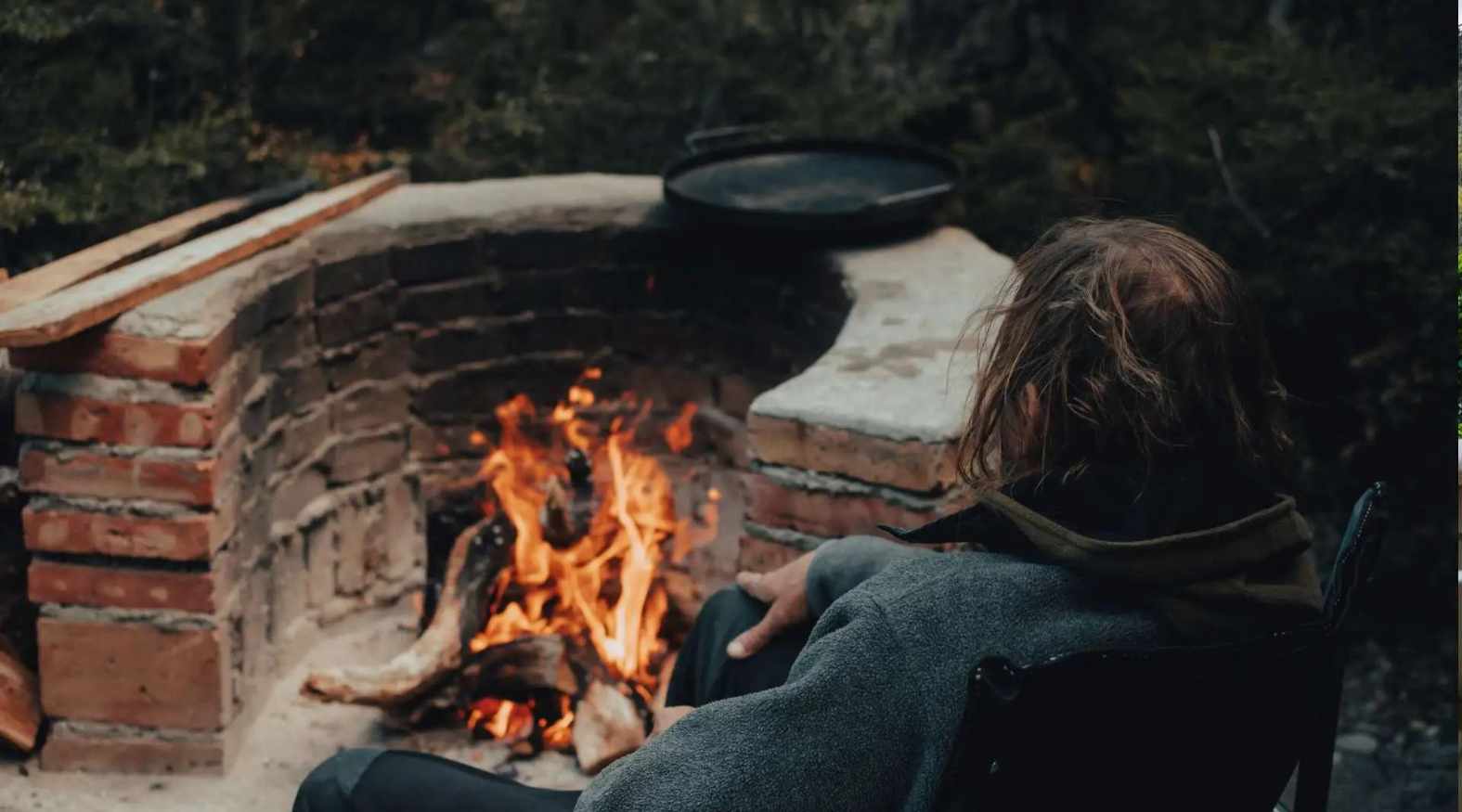
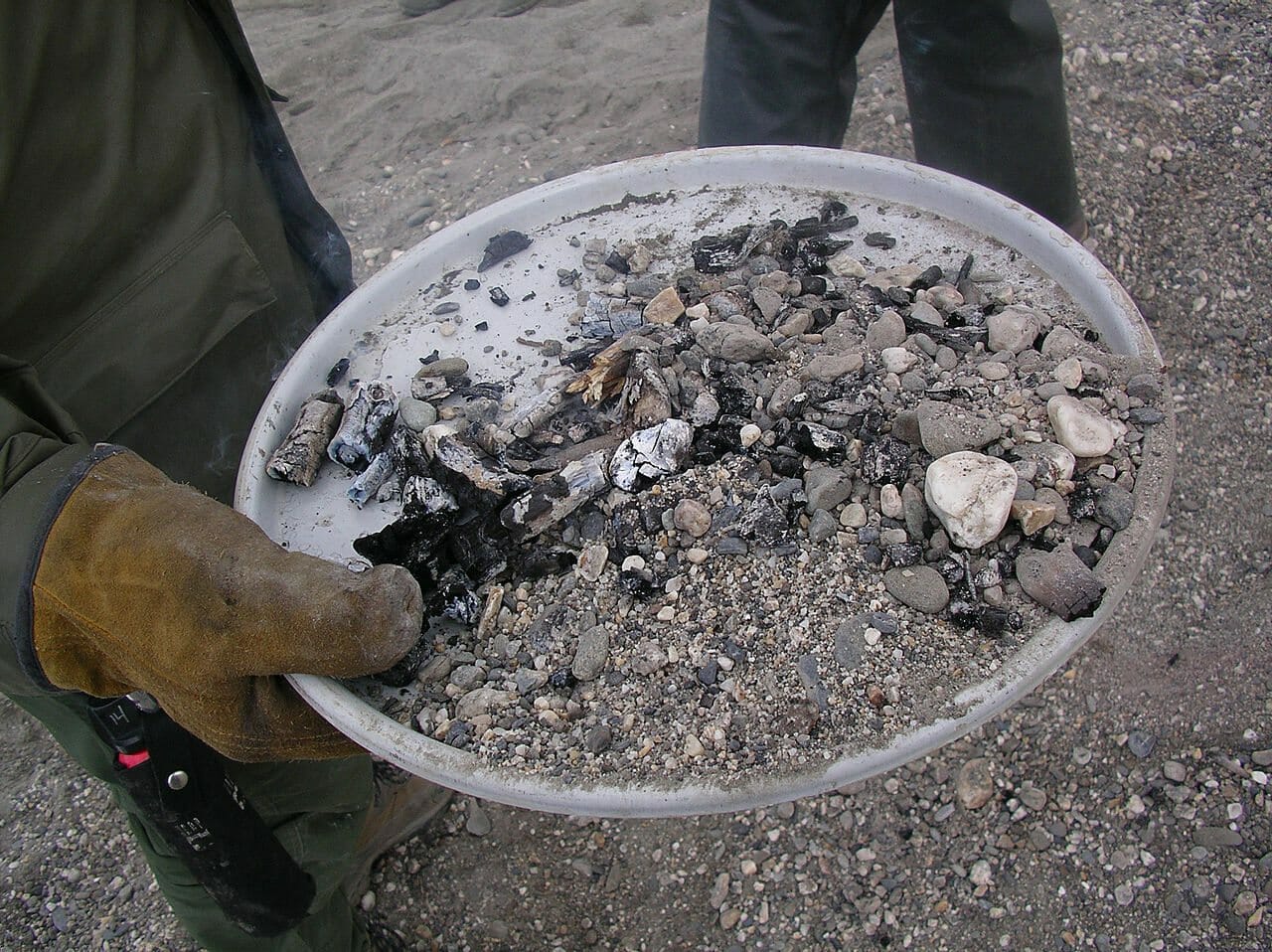
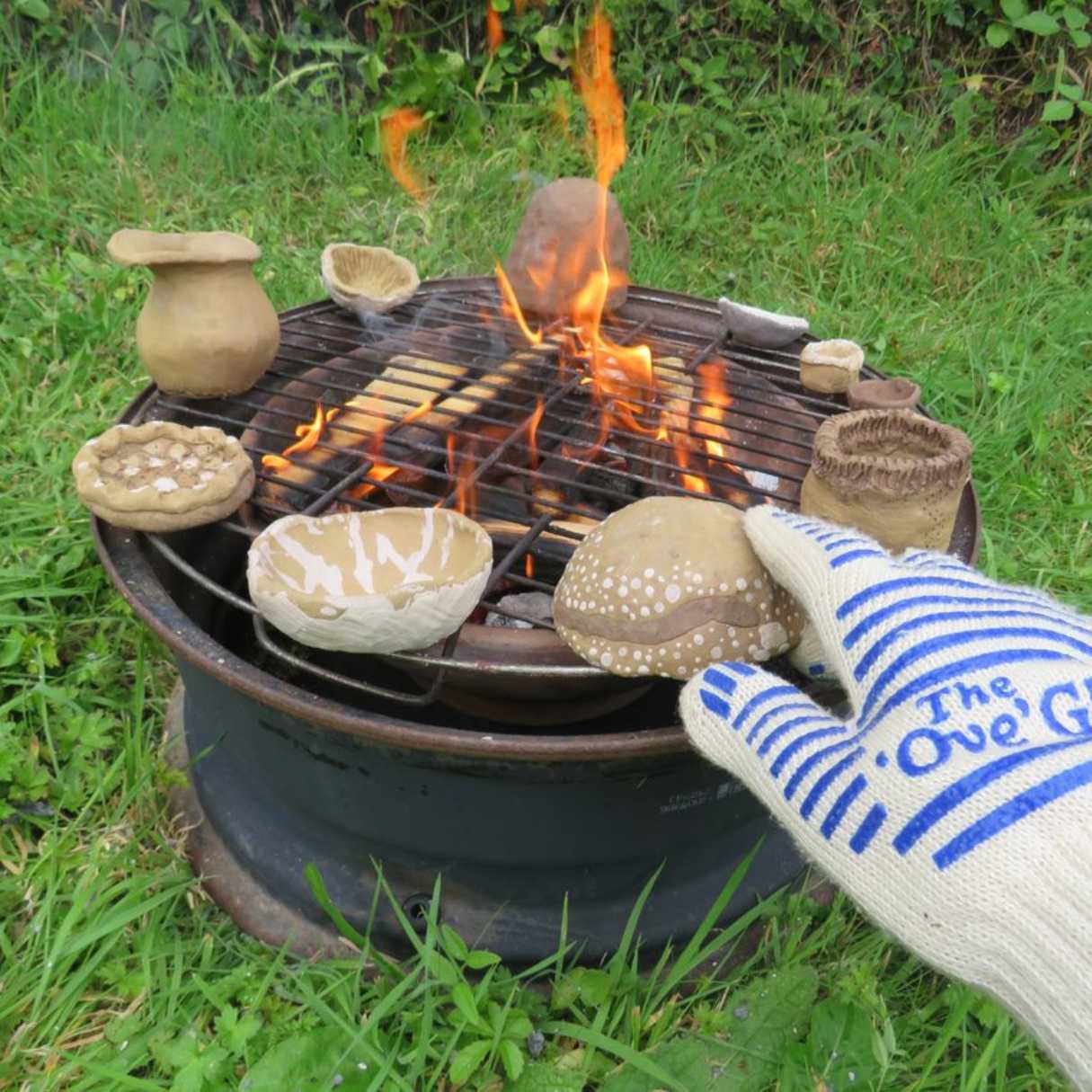

0 thoughts on “How Do You Keep A Ground Fire Pit From Filling With Water”